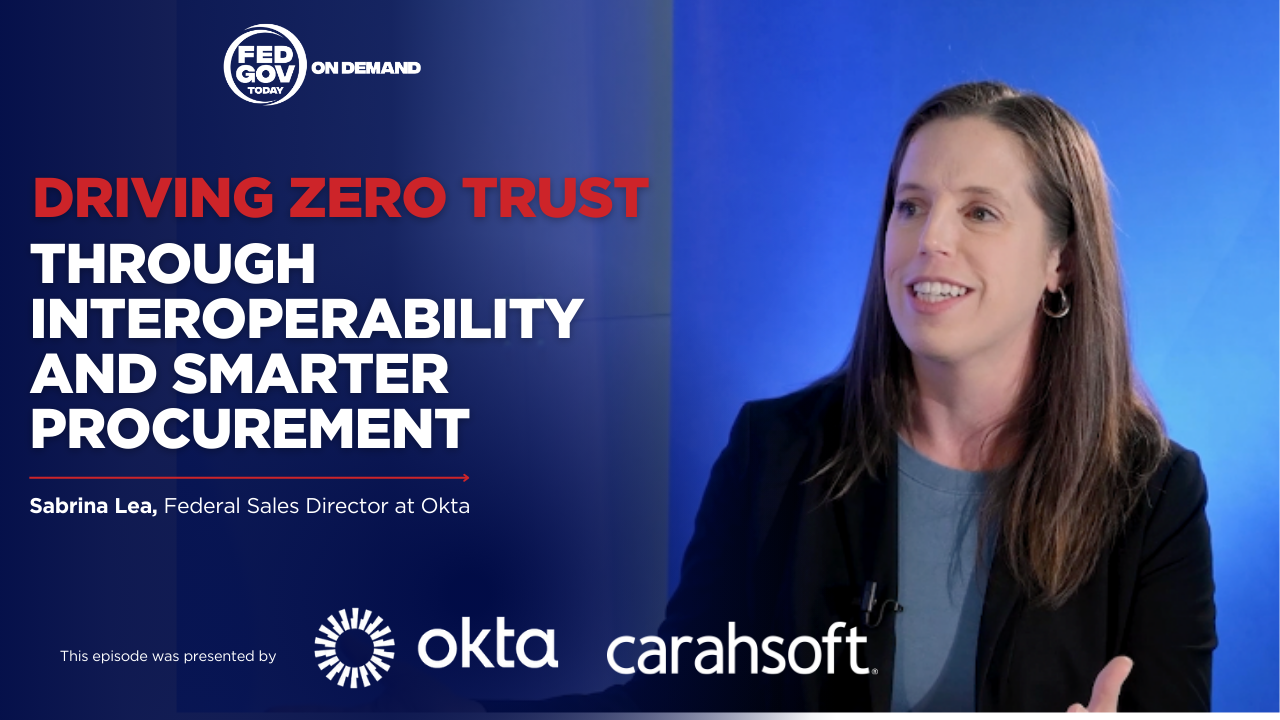Presented by Zscaler and Carahsoft
Modern warfare is no longer just about firepower — it’s about information. Hangsang Bae, Public Sector Chief Technology Officer at Zscaler, says that computing and data at the tactical edge are now as vital as food and ammunition. “It’s always been beans and bullets,” he says. “But now it’s beans, bullets, and bytes. Bytes are just as important as the beans and bullets.”
Bae explains that the Department of Defense (DoD) must fundamentally rethink how it gets information to the warfighter. The traditional approach — deploying circuits, routers, and networks — simply takes too long for today’s fast-moving operations. By the time a circuit is set up, the hotspot may have shifted to a different location entirely. “That’s not going to work anymore,” he says. “Because the contingencies change. It’s temporal in nature.”
Bae’s solution is to stop treating networks as the main objective and start treating them as a means to an end. “In a true zero trust  scenario, it’s just transport,” he explains. In his vision, any network can be used — Starlink, a local 5G provider, even an adversary’s network — because security resides in the zero trust architecture, not in the network itself.
scenario, it’s just transport,” he explains. In his vision, any network can be used — Starlink, a local 5G provider, even an adversary’s network — because security resides in the zero trust architecture, not in the network itself.
“You don’t need a bespoke circuit, mil spec, as they say anymore,” Bae says. “Whatever you can get your hands on, it’ll be protected — so use it.” This shift allows commanders to get information where it’s needed in real time, even in environments where traditional network deployment would take days or weeks.
Bae acknowledges that this shift can be difficult for organizations used to building and managing networks. “Object in motion stays in motion unless acted upon by an external force,” he says, referencing Newton’s First Law. Many network engineers have spent years building SIPR and NIPR networks, routers, and firewalls — and they feel confident in that work. But confidence can lead to inertia.
“There’s a sense of comfort in doing what you’ve always done,” Bae explains. “And truth be told, don’t fix it if it ain’t broke, right?” The challenge, he says, is that even though the DoD can still build these networks, it takes time — and time is the one commodity it doesn’t have during a modern contingency.
What drives this new mindset is the urgency of getting information to the edge as quickly as possible. “In a contingency, that’s the one commodity you don’t have — time,” Bae emphasizes. The solution is not to stop building networks altogether but to stop waiting on them. “Instead of deploying networks, start deploying zero trust and make it easy on yourself with a transport,” he says.
In Bae’s analogy, networks should be as simple and invisible as breathing. “When we woke up this morning, we didn’t think about breathing. We just do it,” he says. Networks should operate the same way — important, but not something that consumes time and attention during a fight.
Bae also stresses that data must be local and mission-ready. “It has to reside with the rifleman,” he says, noting that in a contested environment, communications can be disrupted at any moment. By preloading and saturating data before a mission begins, soldiers can operate independently if they lose connectivity. Afterward, the data can be exfiltrated quickly so commanders can build a common operating picture.
This approach ensures that units can communicate, move, and fight effectively, even when the environment is degraded. It also reduces reliance on sending data back to a central base before sharing it with other units, enabling edge-to-edge communication and collaboration.
Technology, Bae says, is no longer the limiting factor. “Technology has finally caught up, so now our mindset has to shift to catch up with technology,” he argues. The key is to build systems and processes that make using any available network seamless and secure, so that the focus can remain on the mission, not the infrastructure.
By rethinking networks as transport, leveraging zero trust, and ensuring local presence of data, Bae believes the DoD can deliver the speed and agility that modern warfighting demands. And just as importantly, soldiers at the tactical edge will get the information they need — when and where they need it — to fight and win.



